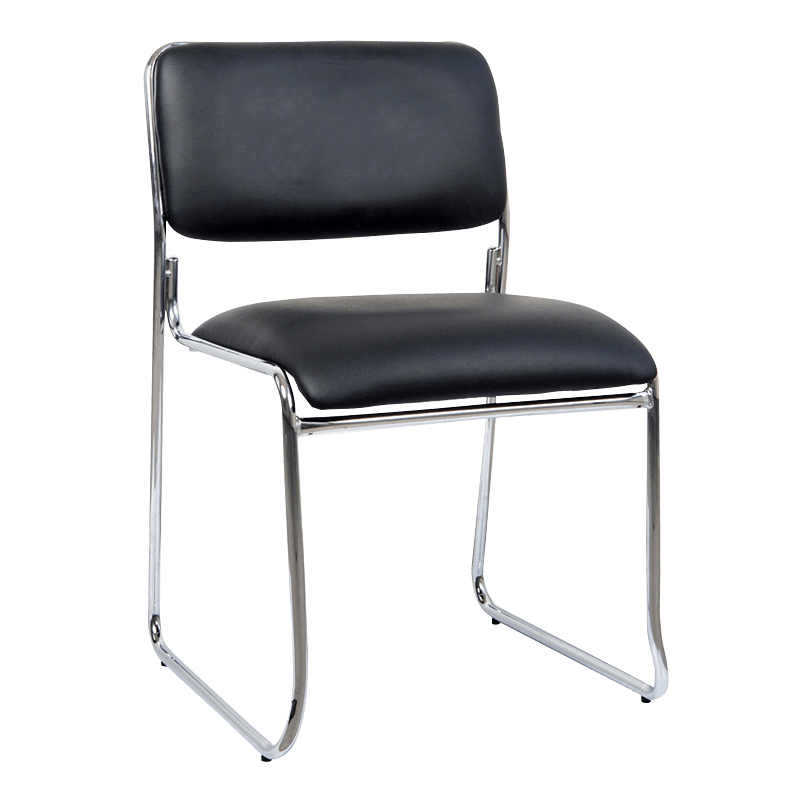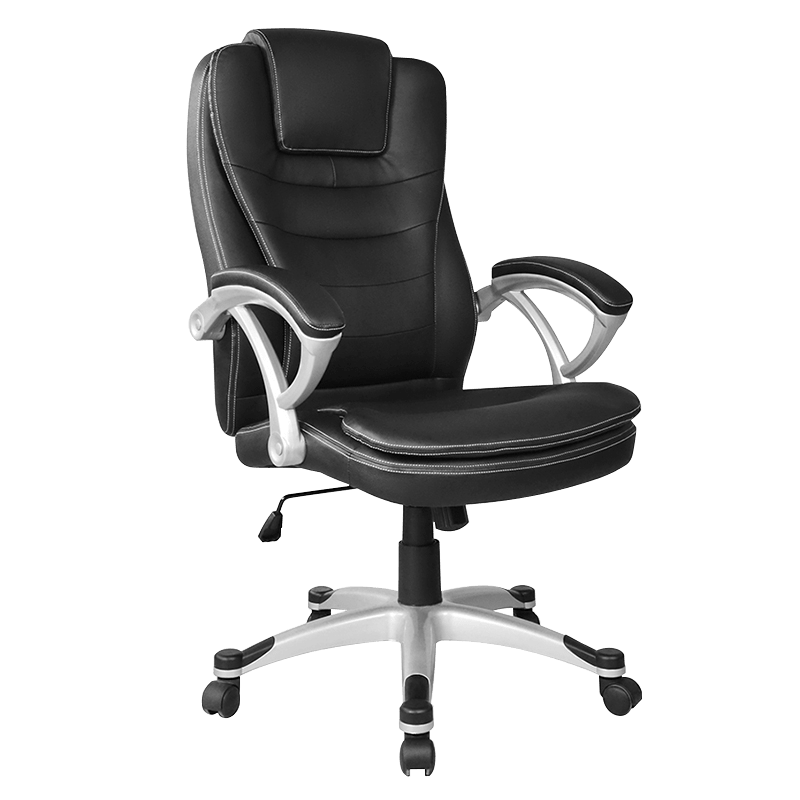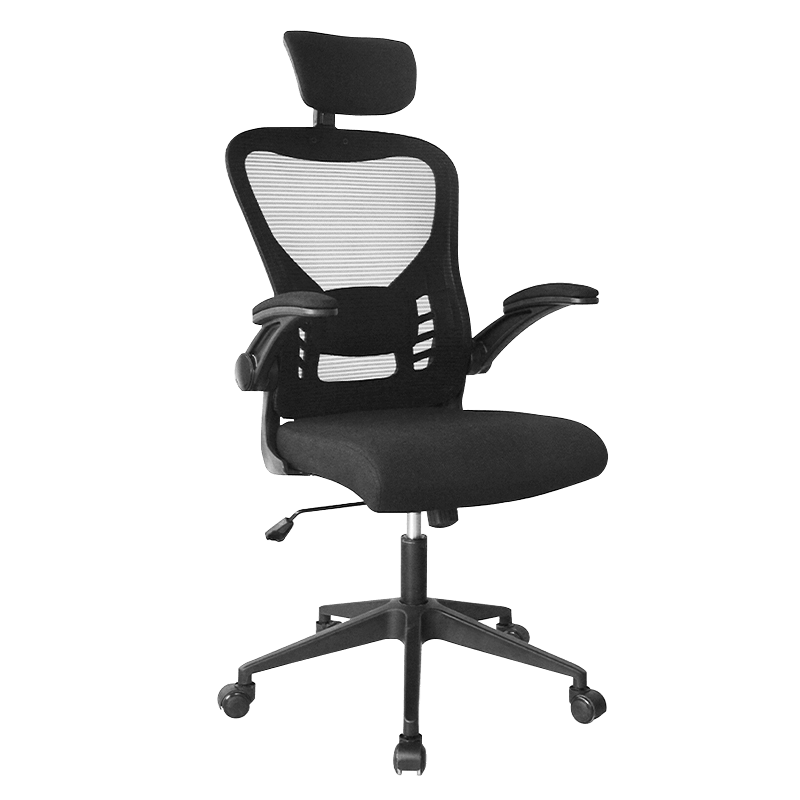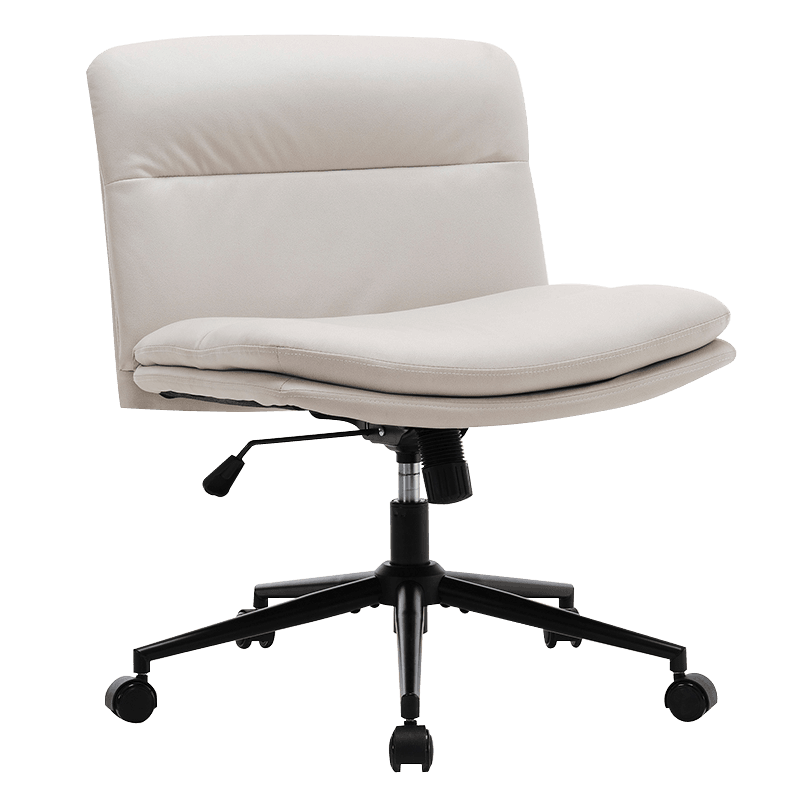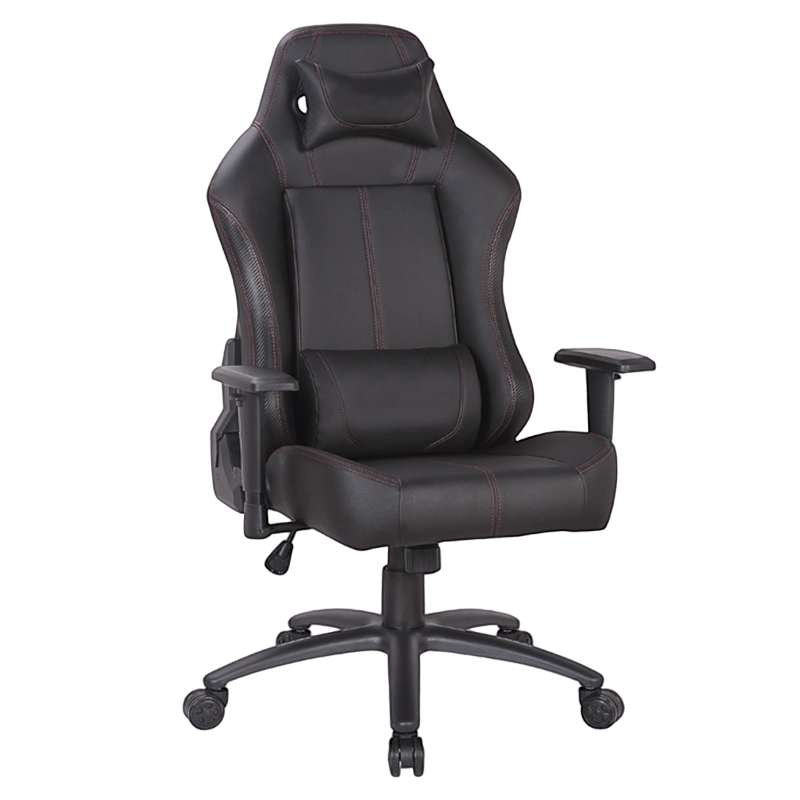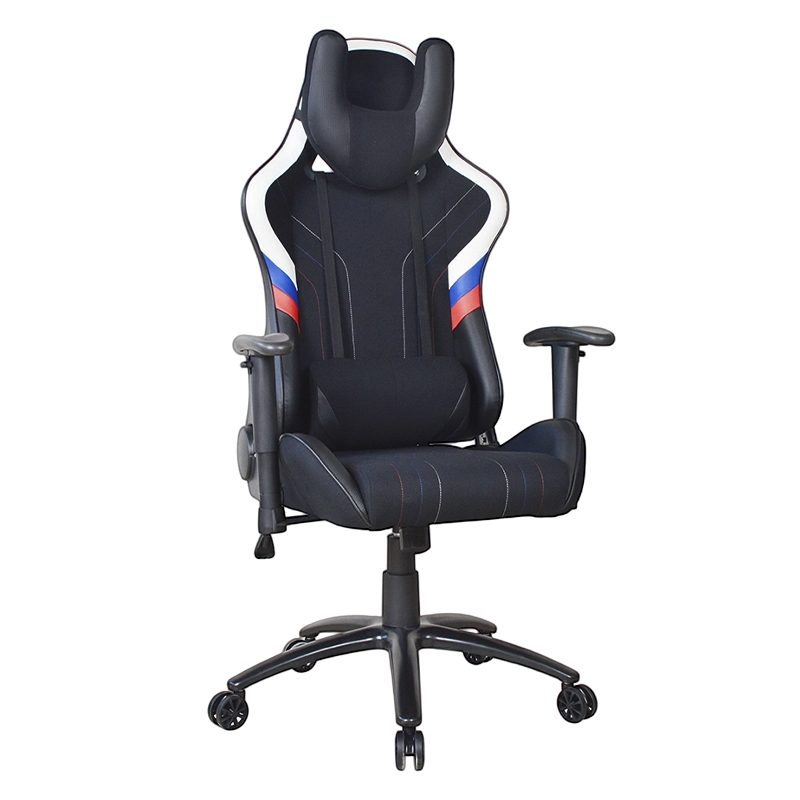How to Choose a Gaming Chair?
2025-10-09
Introduction
With the rise of eSports and computer gaming, the gaming chair has become an essential part of both gamers’ and office workers’ daily lives. Choosing the right gaming chair not only enhances the gaming experience but also helps maintain proper posture and reduces fatigue from prolonged sitting. Among the many features, ergonomic design is a key factor affecting comfort, support, and durability, making it the core consideration when selecting a gaming chair.
What is a Gaming Chair?
A gaming chair is specifically designed for long periods of sitting. Its features include adjustable height, backrest support, and additional comfort elements such as headrests, lumbar cushions, and adjustable armrests. Compared to regular office chairs, gaming chairs emphasize ergonomics to ensure users maintain proper posture during extended gaming or work sessions, reducing physical strain.
The main differences between a gaming chair and a standard office chair are:
| Feature | Gaming Chair | Office Chair |
|---|---|---|
| Back Support | High-back design, follows spine curve | Mid or low back |
| Adjustability | Adjustable armrests, backrest, seat height, tilt | Limited adjustments |
| Material | PU leather, mesh, fabric, etc. | Mostly mesh or fabric |
| Use Case | Gaming, long hours at the computer | Office, meetings |
| Additional Features | Removable headrest, lumbar pillow, footrest | Usually none |
This comparison shows that gaming chairs focus more on ergonomics and comfort.
Why Ergonomic Design Matters
Ergonomic design is the core feature of a gaming chair and directly impacts user experience and health during long-term use. A well-designed gaming chair offers the following benefits:
Spine Support: High-back design and lumbar support help maintain natural spine curves, reducing back fatigue.
Comfortable Sitting Posture: Adjustable seat height and tilt allow users to find the comfortable posture.
Neck and Shoulder Protection: Headrests and adjustable armrests reduce neck and shoulder pressure.
Long-term Durability: Ergonomic design ensures even weight distribution, prolonging the chair’s lifespan.
When selecting a gaming chair, ergonomic design is the primary indicator of quality and comfort. Whether for gaming or work, proper support and adjustability significantly enhance sitting comfort.
Key Factors to Consider
When choosing a gaming chair, focus on these factors to ensure it meets ergonomic standards:
Seat Height and Tilt Adjustment
Seat height should match the user’s height so that feet are flat on the floor and knees form approximately a 90-degree angle. Tilt adjustment allows users to change sitting angles, relieving pressure on the lower back.
| Adjustment | Purpose | Recommended Range |
|---|---|---|
| Seat Height | Ensure feet are flat, knees comfortable | 40–55 cm adjustable |
| Backrest Tilt | Change sitting angle, relieve lumbar pressure | 90°–135° |
| Armrest Height | Support arms, reduce shoulder strain | Adjustable 5–10 cm |
Proper adjustments help a gaming chair provide posture and reduce discomfort during long sessions.
Lumbar and Neck Support
The lower back and neck are prone to fatigue during extended sitting. Quality gaming chairs typically come with removable lumbar and headrest cushions to maintain natural spine curves and support the neck and shoulders.
Key considerations:
Lumbar pillow position should be adjustable in height and thickness to suit your body.
Headrest should be movable or angle-adjustable to support the neck.
| Support Area | Function | Selection Tips |
|---|---|---|
| Lumbar Pillow | Supports lower back, maintains spine curve | Height adjustable, moderate thickness |
| Headrest | Supports neck, relieves shoulder pressure | Removable or adjustable angle |
Armrest Design
Armrests not only support the arms but also reduce shoulder tension. Ergonomic gaming chairs typically feature 3D or 4D adjustable armrests:
4D Armrests: Adjust height, forward/backward, left/right, and rotation
3D Armrests: Adjust height, forward/backward, left/right
Ensure the armrest height and width fit your posture and desk height.
Material and Breathability
Material affects comfort and durability. Common gaming chair materials include:
PU Leather: Smooth and easy to clean, but less breathable
Mesh: Good breathability, comfortable for long sitting
Fabric: Soft and comfortable, but harder to clean
Material selection should consider the environment and personal preference, as well as the cushioning quality and support.
| Material | Advantages | Disadvantages |
|---|---|---|
| PU Leather | Smooth, easy to clean | Less breathable, can be hot in summer |
| Mesh | Breathable, comfortable | Harder to clean |
| Fabric | Soft, comfortable | Can stain easily, slightly less durable |
Seat Width and Depth
Different body types require different seat dimensions. Seat width should allow thighs to sit comfortably without pressure, and seat depth should support the lower back without leaving knees dangling.
| Body Type | Recommended Seat Width | Recommended Seat Depth |
|---|---|---|
| Small | 45–50 cm | 45–50 cm |
| Medium | 50–55 cm | 50–55 cm |
| Large | 55–60 cm | 55–60 cm |
Proper seat dimensions help users maintain posture during gaming or work.
Additional Features
Modern gaming chairs often come with extra features to enhance the experience:
Removable footrest or leg support
Recline lock and rocking functionality
Swivel base and caster wheels
Memory seat or massage functions (high-end models)
While not essential, these features improve comfort and convenience.
Common Mistakes to Avoid
Focusing only on appearance: A visually appealing gaming chair may not meet ergonomic standards.
Ignoring armrest and lumbar adjustments: Fixed armrests or lumbar support can cause discomfort.
Neglecting material and breathability: Poor ventilation leads to heat and sweat during summer.
Ignoring seat size: Seats that are too narrow or deep increase body strain.
Avoiding these mistakes ensures a comfortable and durable gaming chair.
Choosing Based on Use Case
Different use cases require different gaming chair features:
| Scenario | Key Requirements | Focus Points |
|---|---|---|
| Gaming | Long sitting hours, comfort | High back, lumbar pillow, adjustable armrest, tilt function |
| Office | Support, efficiency | High back, lumbar support, swivel base |
| Small Spaces | Compact footprint, flexibility | Compact design, adjustable armrests, caster wheels |
Analyzing your use case helps select a gaming chair that fits your needs precisely.
Conclusion
When choosing a gaming chair, ergonomic design is the important factor, determining comfort and long-term health. Focus on seat height, tilt adjustment, lumbar and neck support, armrest design, material breathability, and seat dimensions. Consider your use scenario and optional features to enhance the experience.
Whether for extended gaming or office use, a well-designed gaming chair significantly improves posture, reduces fatigue, and provides a comfortable, efficient sitting experience.
By selecting wisely, both gamers and office workers can find a gaming chair that balances comfort and functionality.


 Language
Language English
English Français
Français Español
Español Deutsch
Deutsch